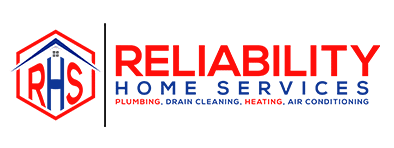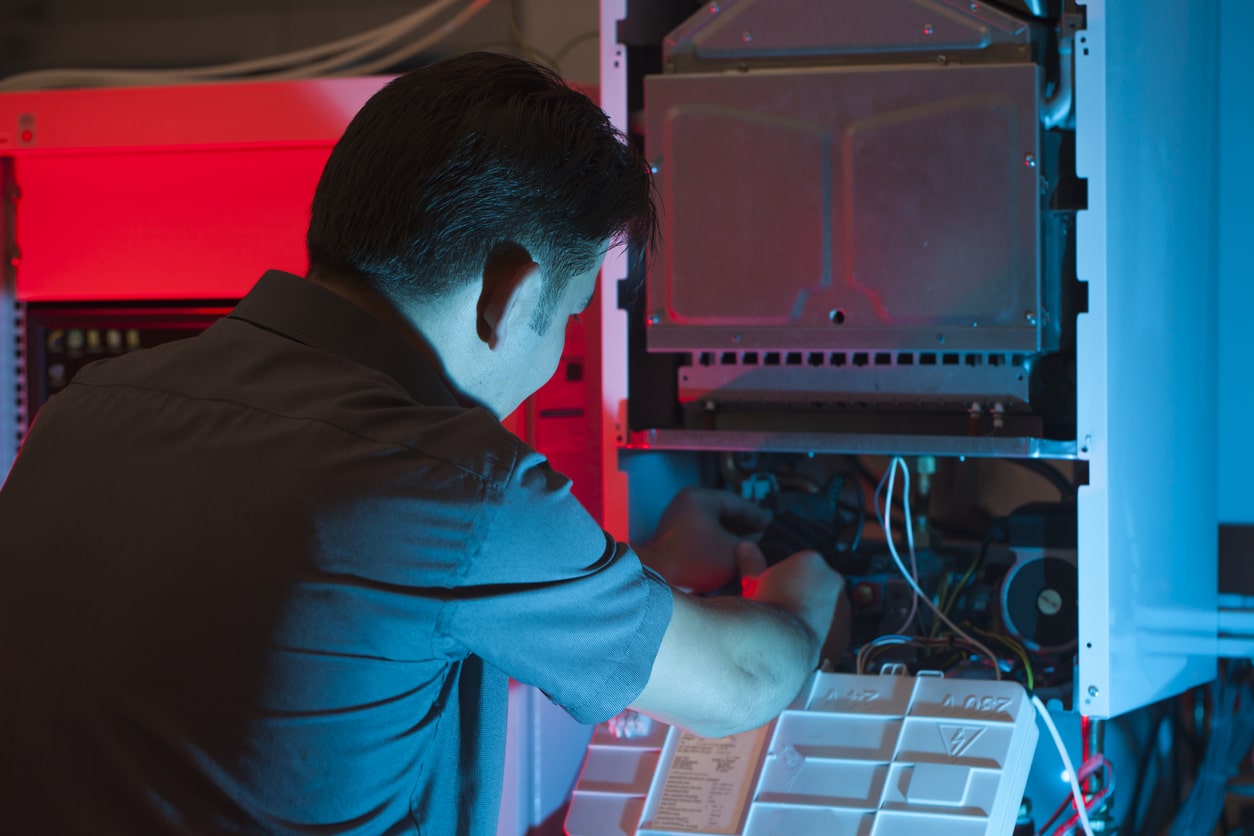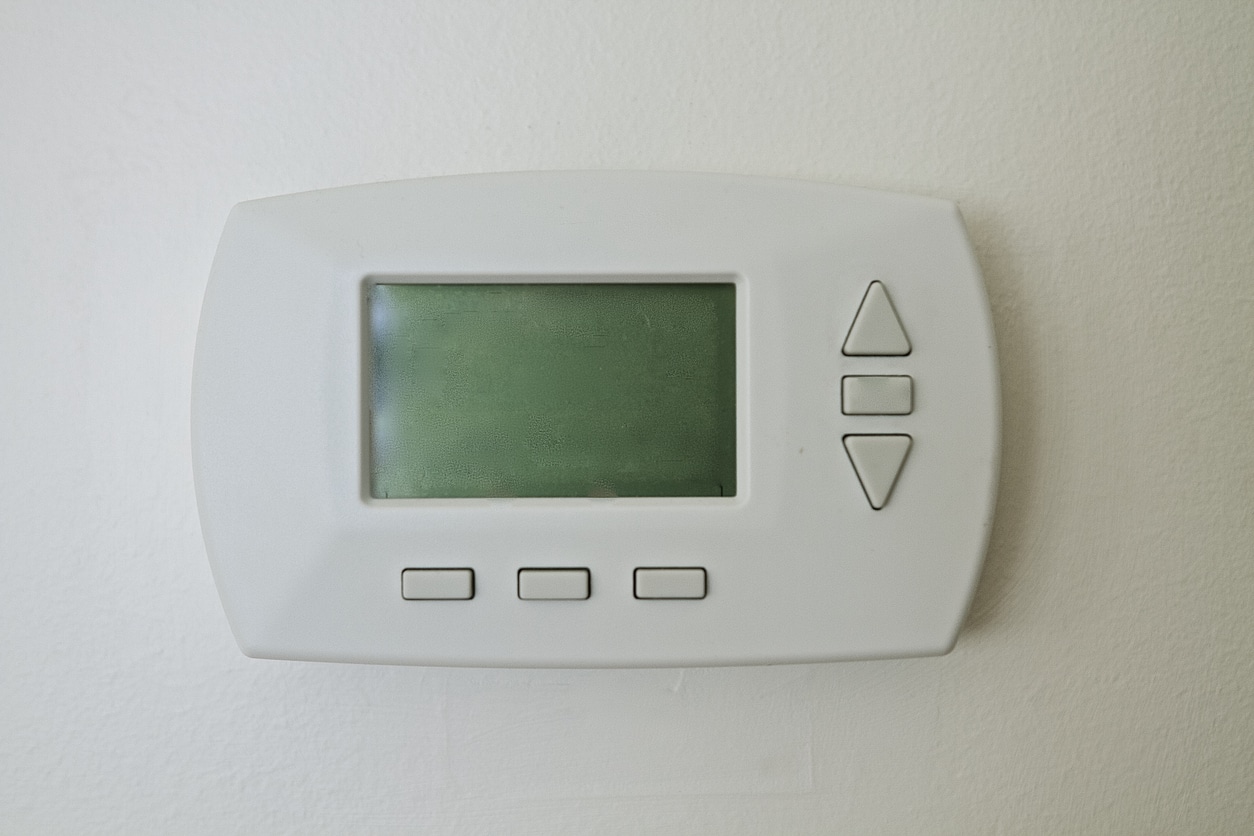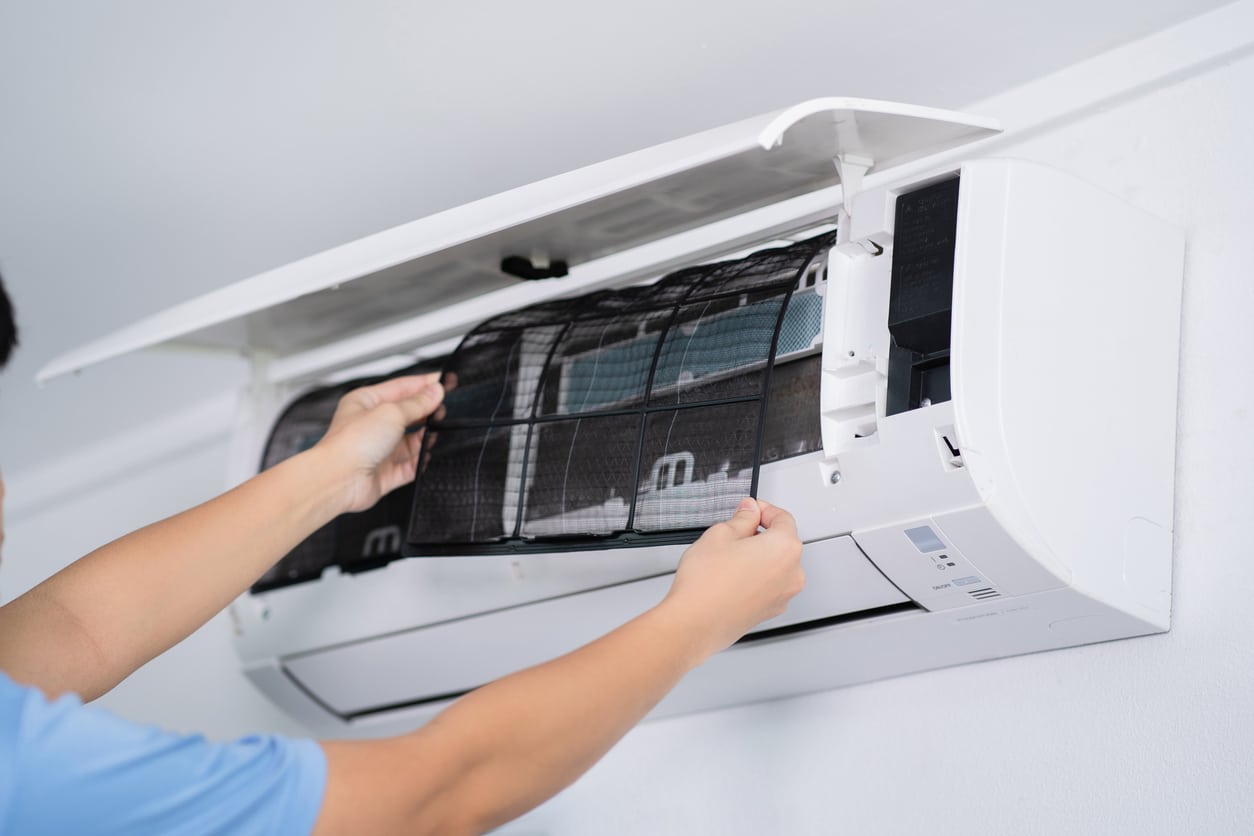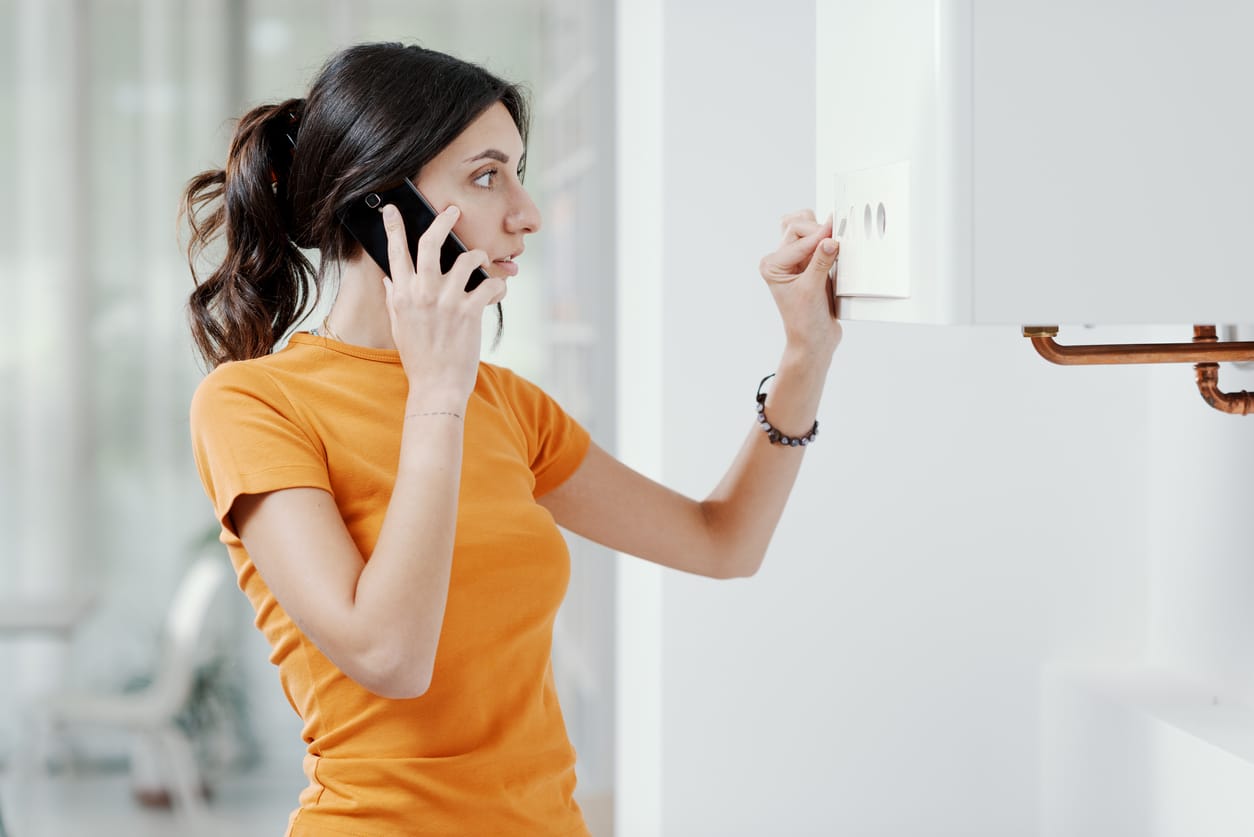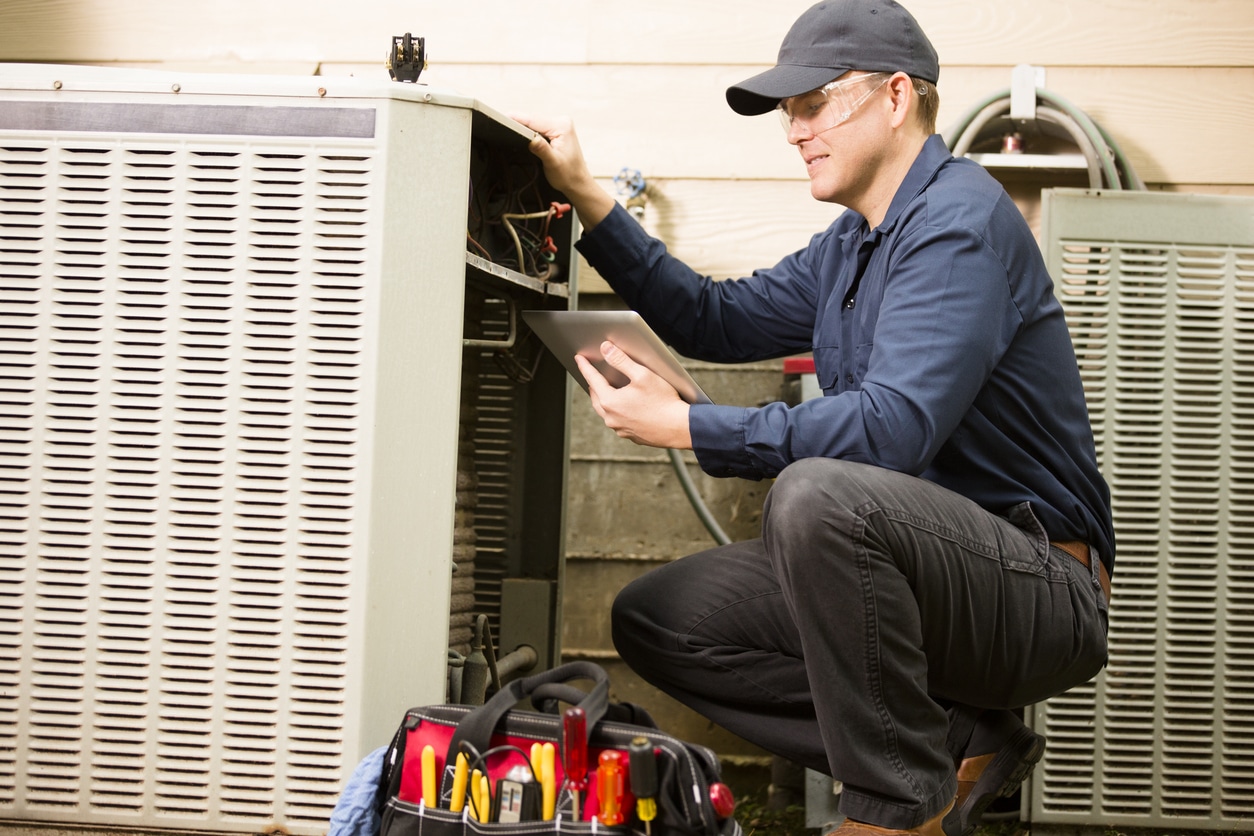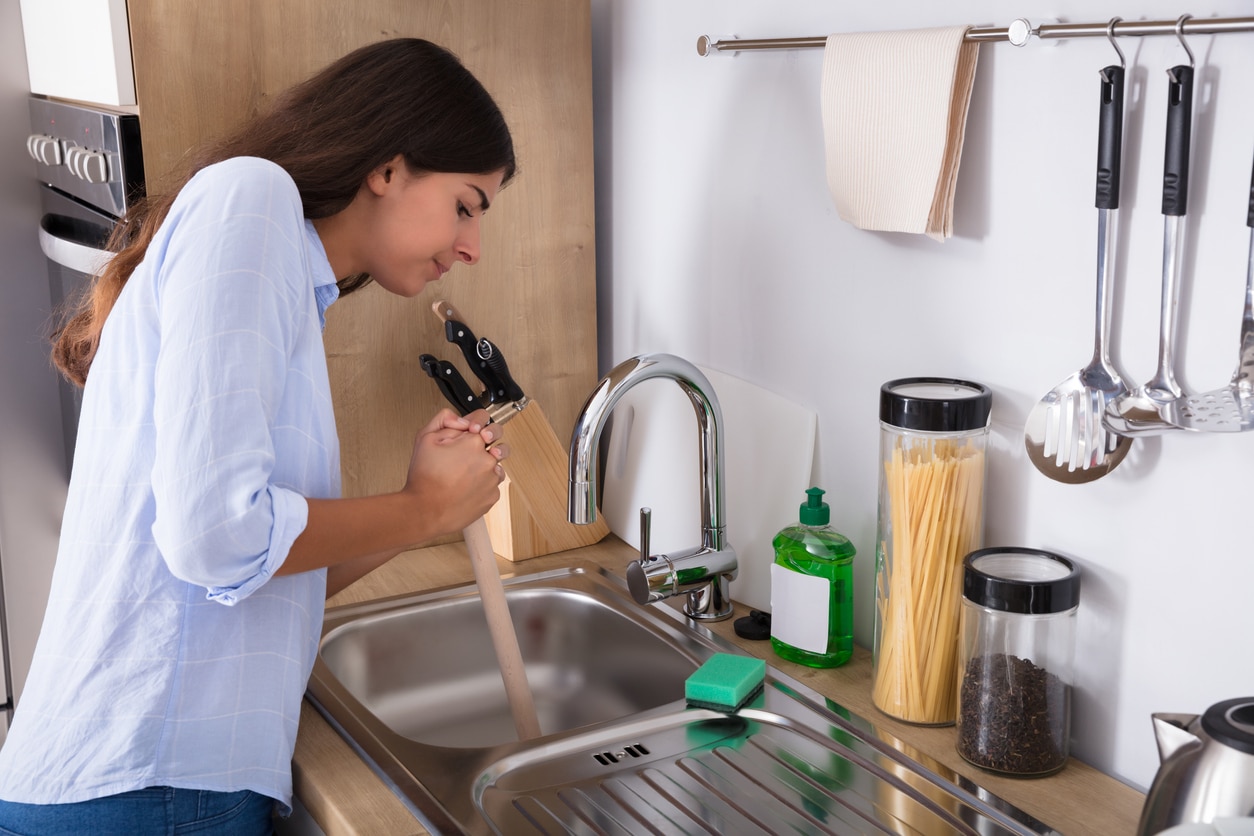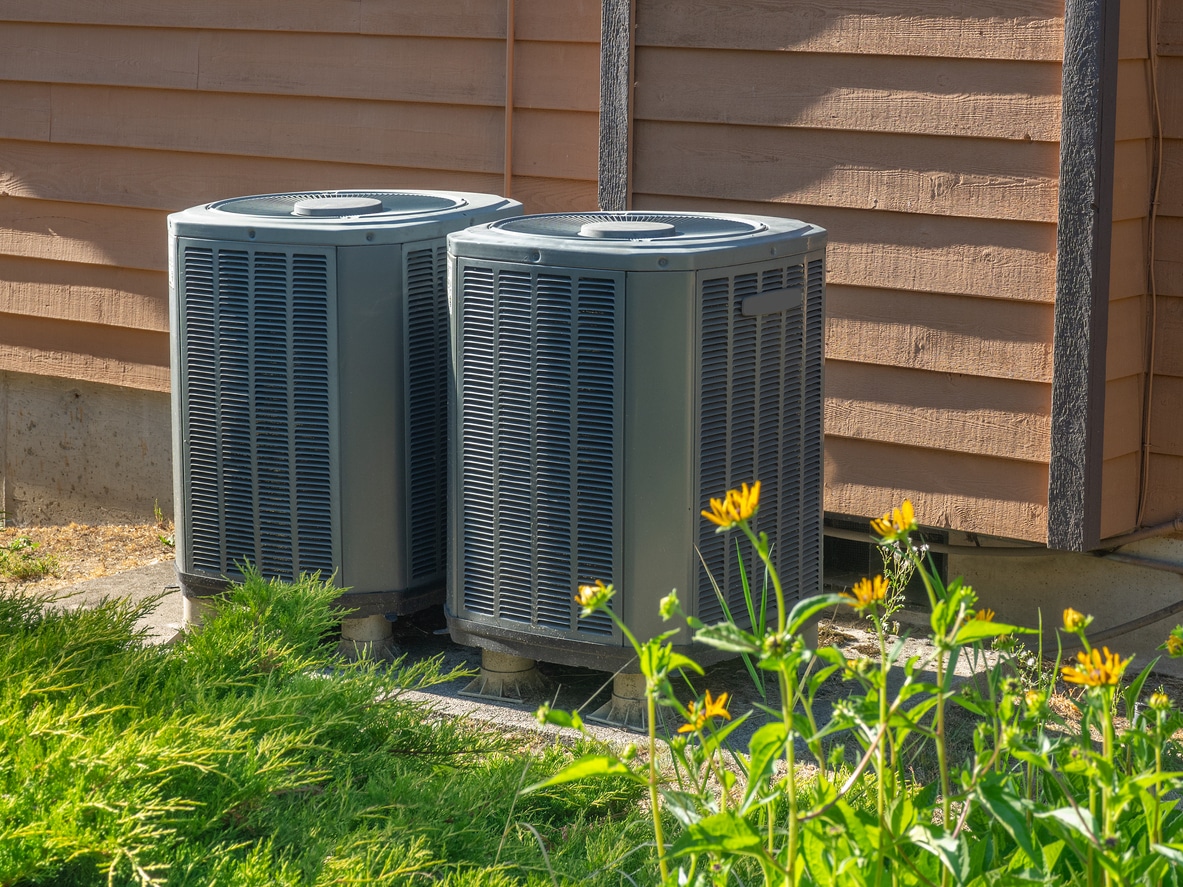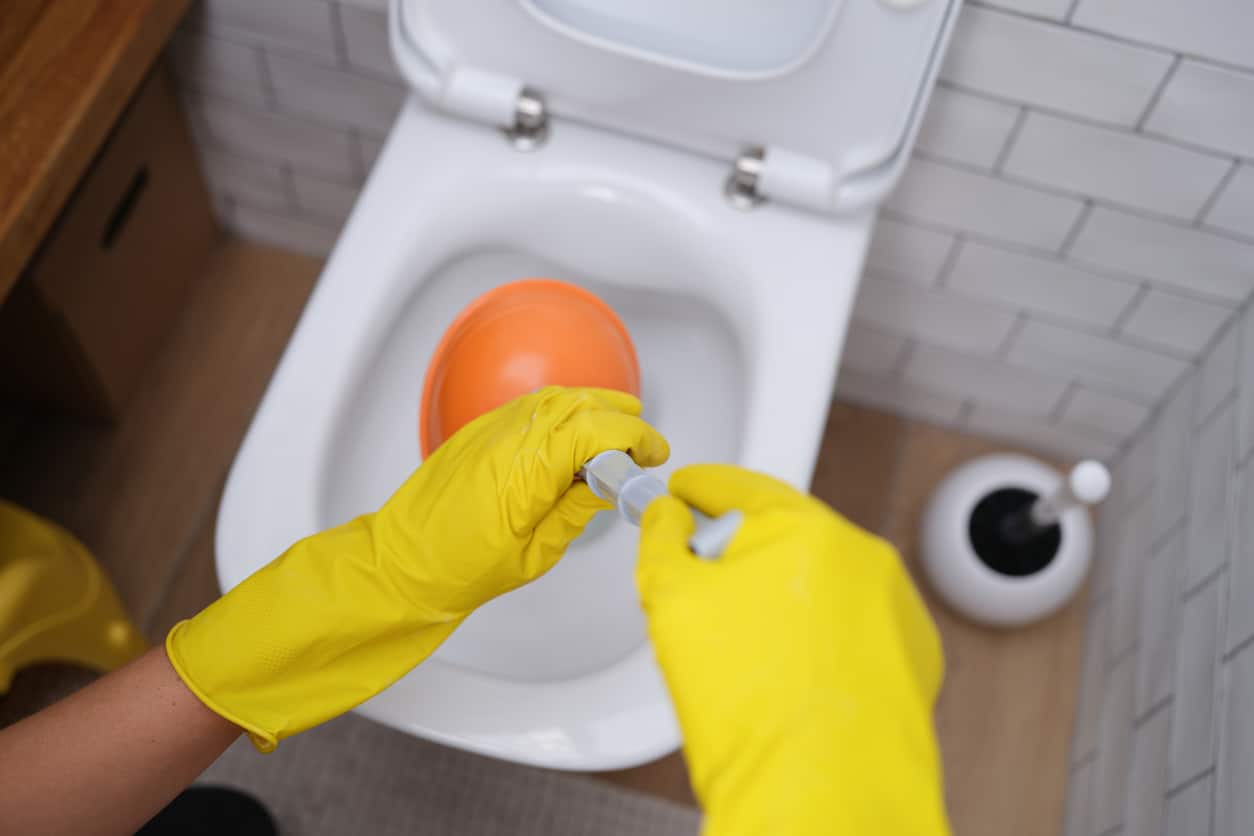Winter brings a cozy charm with snowfalls and festive holidays, but it poses a significant risk to your home’s plumbing system: burst pipes. When temperatures plummet, the water in your pipes can freeze, expand, and exert pressure, eventually causing the pipes to burst and leading to extensive water damage and costly repairs.Protecting your home from such disasters is crucial in Maryland, where the chill can set in deeply. In this post, we’ll guide you through the causes of pipe freezing and bursting and provide effective strategies to prevent these common winter woes. We’ll also highlight when it’s essential to call in the professionals at Reliability Home Services, ensuring that minor issues don’t turn into major emergencies,
Burst Pipes and Their Impact
Burst pipes are more than just a nuisance; they represent a serious hazard to your home’s structural integrity and safety. Let’s take a closer look at why pipes burst and the consequences to help you better appreciate the need for preventative measures.What Leads to a Pipe Burst?
The primary cause of burst pipes is water freezing inside them. As water freezes, it expands by approximately 9%, increasing the internal pressure within the pipe. Most residential pipes, especially those not insulated or exposed to severe cold, are susceptible to this pressure, which can eventually lead them to rupture.Materials like copper and PVC, commonly used in home plumbing, have specific tolerances to pressure but can fail under the stress caused by ice formation. The actual burst doesn’t necessarily occur at the site of the ice blockage but can happen anywhere in the pipe where the pressure finds a weak point.Consequences of Ignoring Frozen Pipes
Ignoring the risk of frozen pipes can lead to significant consequences. When a pipe bursts, it can flood your home, damaging floors, walls, and personal property. The immediate aftermath might require extensive cleanup and repairs, which can be costly and disruptive.Not only that, but water damage from burst pipes can lead to secondary issues, such as mold and mildew growth, which pose health risks and further increase remediation costs. In severe cases, structural damage to your home can also occur, necessitating even more extensive and expensive repairs.Preventative Measures to Avoid Frozen Pipes
Taking proactive steps to prevent your pipes from freezing is essential, especially as winter approaches. Here are effective strategies that can help you protect your plumbing and avoid the costly and inconvenient consequences of burst pipes.Insulation Techniques
One of the most effective ways to prevent pipes from freezing is to ensure they are properly insulated. This is particularly crucial for pipes located in unheated areas such as basements, attics, and garages, as well as those on outer walls prone to exposure to severe cold.- Pipe Sleeves or Insulation: Installing pre-slit foam pipe insulation around your plumbing can provide a first line of defense against freezing temperatures. This insulation is inexpensive and easy to install, and it can significantly reduce the likelihood of your pipes freezing.
- Heat Tape or Heat Cables: For pipes that are at a high risk of freezing, applying heat tape or heat cables can be an effective solution. These electrically heated cables are wrapped around the pipe and then plugged in to maintain warmth and prevent the water inside from freezing.
Climate Control
Keeping your home at a consistent temperature day and night can prevent pipes from freezing. It’s a common misconception that lowering the thermostat at night can help save on heating costs; however, during severe cold spells, this can lead to frozen pipes.Keep your thermostat set to the same temperature during the day and at night. A setting of at least 55 degrees Fahrenheit is recommended, even if you plan to be away from home for an extended period.Allow warmer air to circulate around the plumbing by opening cabinet doors under sinks, especially if the sinks are on an exterior wall. This one action can do the most to help prevent pipes from freezing.When to Call the Professionals
While taking preventive measures can significantly reduce the risk of burst pipes, it’s crucial to recognize when to call in the professionals. Knowing the signs that indicate potential pipe problems can help you address issues before they escalate into major emergencies.Early Signs of Pipe Problems
Being proactive in noticing the early signs of pipe issues can save you from the hassle and expense of dealing with burst pipes. Look out for any of these signs, and call a pro if they’re spotted.- Unusual Noises: If you hear clanking or cracking sounds coming from your pipes, it could be a sign that the water inside is starting to freeze.
- Reduced Water Pressure: A sudden drop in water pressure could indicate that ice is forming within your pipes, partially blocking the flow of water.
- Visible Frost on Pipes: Seeing frost on exposed pipes is a clear sign that the water inside is freezing. Don’t wait for the situation to worsen; this is a direct call to action.
- No Water: If you turn on a faucet and no water comes out, your pipe has likely frozen solid. This is a critical stage where the risk of bursting increases.
